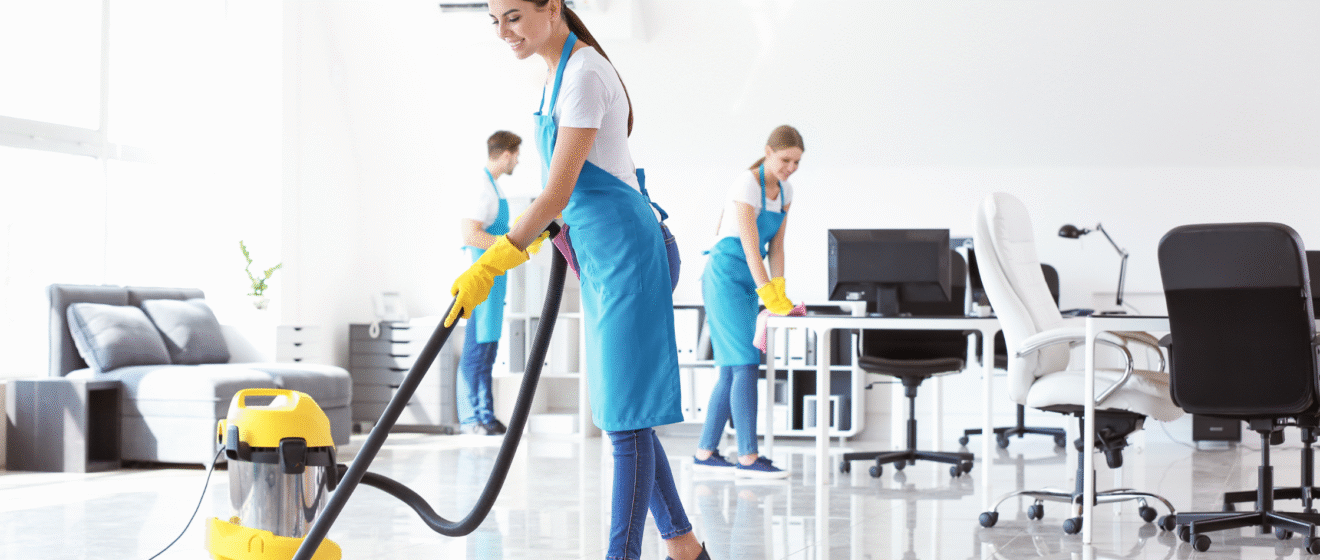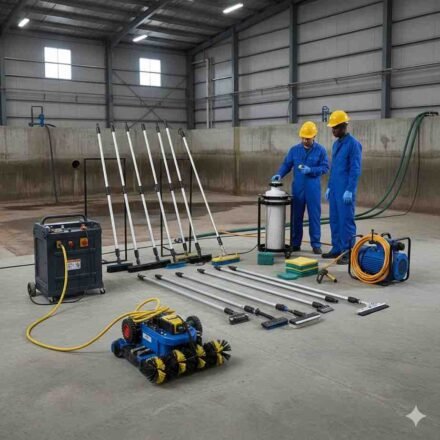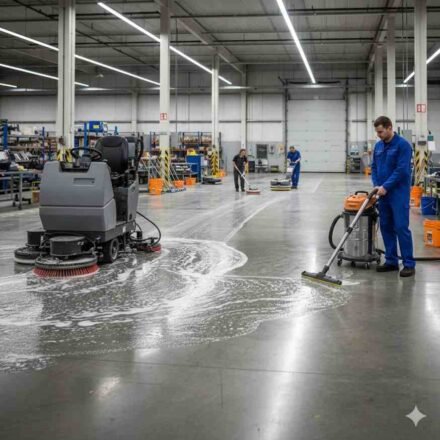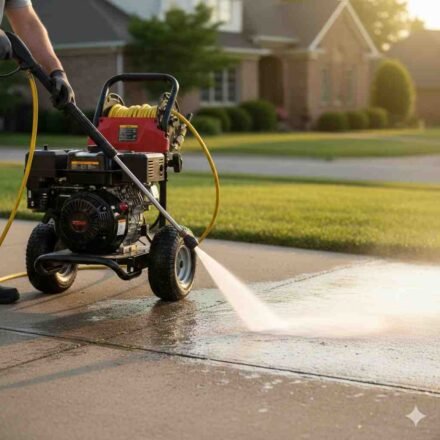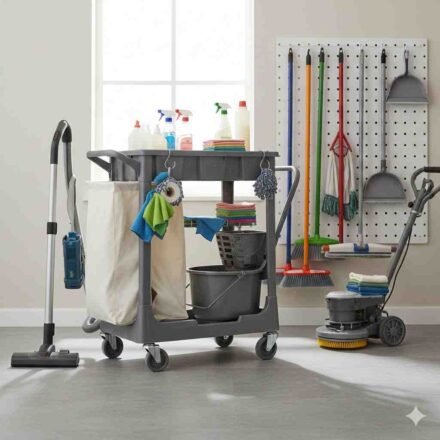As the monsoon season graces Bengaluru with its refreshing showers, it brings along the challenge of maintaining a dry and healthy living environment. The increased humidity and moisture can lead to dampness, mold growth, and musty odors if not managed properly. At SGT Multiclean Equipments, we understand the importance of a clean and dry home during these months. Whether it’s your living room, kitchen, or outdoor spaces, taking proactive steps now can save you from bigger maintenance issues later. In this guide, we’ll share comprehensive monsoon cleaning tips that are easy to follow, along with suggestions for cleaning equipment that can make the task more efficient. With proper care, you can enjoy the beauty of the rains without worrying about dampness and mold in your home.
Understanding the Monsoon Challenge
Monsoon brings life and greenery, but it also increases the risk of moisture-related problems inside homes. Heavy rainfall and elevated humidity levels create an environment where mold and mildew can flourish, especially in areas with poor ventilation. Damp walls, ceilings, and floors absorb moisture, which can cause structural damage and lead to respiratory issues for family members. Even small patches of mold, if left untreated, can spread quickly and affect both the aesthetics and hygiene of your home. Therefore, understanding the areas most vulnerable to moisture and maintaining a consistent cleaning routine is key.
Monsoon Cleaning Tips to Prevent Dampness & Mold
1. Enhance Ventilation
Proper airflow is one of the simplest yet most effective ways to reduce indoor humidity. Open windows and doors during dry periods to allow fresh air to circulate. In rooms that tend to stay damp, like bathrooms or kitchens, installing exhaust fans can significantly reduce moisture levels. For areas with limited ventilation, consider using small air vents or portable fans. Proper ventilation not only dries out damp corners but also reduces condensation on walls and windows, preventing mold from taking root. Even simple changes like keeping cupboard doors slightly open can make a difference in airflow and moisture control.
2. Use Dehumidifiers
Dehumidifiers play a vital role in maintaining optimal indoor humidity levels, ideally between 30% and 50%. Excess moisture in the air can damage electronics, furniture, and fabrics. Modern dehumidifiers come with adjustable settings and automatic shut-off features when the water tank is full, making them convenient for homes of all sizes. If a dehumidifier isn’t immediately available, natural alternatives like bowls of rock salt, silica gel, or baking soda in corners can absorb excess moisture. Place these absorbers in wardrobes, under sinks, and in other moisture-prone areas to prevent dampness.
3. Regular Cleaning with Appropriate Tools
Regular cleaning is essential during monsoons, as damp conditions can accelerate the growth of mold and mildew. Quality cleaning tools make the process efficient and more thorough. For indoor cleaning, vacuum cleaners equipped with HEPA filters trap fine dust and allergens that accumulate faster during the rainy season. For outdoor areas, high-pressure washers can remove stubborn dirt, algae, and mold from walls, balconies, and terraces. Mop wringers and trolleys help manage water effectively during floor cleaning, preventing puddles that can promote mold growth. Using the right equipment reduces effort and ensures that moisture doesn’t linger in corners or hidden spaces. SGT Multiclean Equipments provides a range of vacuum cleaners, mops, and washers that can make your monsoon cleaning routine more effective and less time-consuming.
4. Address Damp Areas Promptly
Identifying and addressing damp areas early can prevent mold from spreading. Check basements, bathrooms, kitchens, and areas behind heavy furniture regularly. Look for signs like dark patches on walls, peeling paint, or musty odors. If detected, clean the area with a mold-killing solution, and ensure the space is dried completely using fans or dehumidifiers. For stubborn spots, scrubbing with vinegar or hydrogen peroxide solutions can help. Prompt action prevents minor moisture issues from turning into expensive repairs and keeps your home environment healthy.
5. Protect Wooden Furniture
Wooden furniture is particularly vulnerable during monsoons. Excess moisture can cause warping, swelling, or discoloration. Apply a thin coat of wax polish to create a moisture barrier. Keep wooden furniture away from windows or areas prone to water seepage, and consider using camphor balls or silica packets inside cabinets to absorb humidity. Immediate drying of any spilled water is crucial to prevent permanent stains or damage. For antique or delicate wooden items, covering them with waterproof sheets during heavy rains can provide extra protection.
6. Maintain Flooring
Floors often bear the brunt of rainwater and dampness. Using absorbent doormats at entrances reduces the amount of water tracked inside. Mop floors regularly with a mild disinfectant solution like vinegar and water to prevent mold growth. Avoid over-wetting the floor; a damp mop is sufficient for cleaning. Pay extra attention to corners, under furniture, and along edges where moisture can collect unnoticed. Tiles, wooden floors, and laminated surfaces all require specific care, so choose cleaning methods and products suited for your flooring type.
7. Care for Fabrics and Upholstery
Fabrics easily absorb moisture and develop musty odors. Air out mattresses, pillows, and cushions on dry, sunny days whenever possible. Sprinkle baking soda on carpets and upholstery to absorb moisture and odors before vacuuming. Consider using waterproof covers for frequently used furniture to prevent moisture absorption. Curtains, drapes, and sofa covers should be washed and completely dried during the monsoon to prevent mold formation. For delicate fabrics, professional cleaning services or steam cleaning can be beneficial.
8. Combat Musty Odors Naturally
Musty odors are a common side effect of increased humidity. Combat them using natural deodorizers like coffee grounds, baking soda, or activated charcoal. Essential oils such as lavender, eucalyptus, or tea tree oil can freshen indoor air and have antimicrobial properties. Simmering spices like cinnamon sticks, cloves, and orange peels creates a pleasant aroma while helping reduce moisture-related odors. Regularly replacing potpourri or scented sachets ensures they do not become damp and ineffective.
9. Post-Monsoon Deep Cleaning
Once the monsoon recedes, a thorough post-monsoon cleaning ensures your home is ready for the drier months. Inspect walls, ceilings, and floors for water damage or leaks. Clean carpets, upholstery, and air conditioning units to remove accumulated moisture. Check drainage systems and gutters to prevent water stagnation. Post-monsoon cleaning also provides an opportunity to inspect your cleaning equipment and maintain it for the next rainy season.
10. Invest in Quality Cleaning Equipment
Having the right equipment makes monsoon cleaning easier and more effective. SGT Multiclean Equipments offers a range of products designed for efficient cleaning. Vacuum cleaner accessories enhance the performance of your machines, high-pressure washers clean outdoor areas effectively, car wash equipment keeps vehicles dry and dirt-free, and specialized floor care tools maintain different flooring types. Investing in reliable equipment ensures your home stays dry, hygienic, and safe during the entire monsoon season.
Additional Tips for Monsoon Maintenance
- Wall Treatment: Waterproof paint or sealant can prevent water seepage in walls.
- Window Care: Ensure window seals are intact and install water-repellent films if needed.
- Kitchen Hygiene: Regularly clean sinks, drains, and countertop areas to prevent mold.
- Bathroom Maintenance: Use anti-fungal sprays on tiles, and ensure shower areas dry quickly.
- Balcony Protection: Cover or move plants off the balcony to avoid water pooling and dampness.
- Regular Checks: Inspect roofs, terraces, and plumbing systems to prevent leaks.
By combining these preventive measures with consistent cleaning practices and quality equipment, your home will remain fresh, dry, and safe throughout the monsoon.
Conclusion
Monsoon season can pose several challenges to maintaining a healthy and mold-free home. By following the comprehensive tips shared above and using quality cleaning equipment from SGT Multiclean Equipments, you can combat dampness, mold, and musty odors effectively. Regular ventilation, prompt attention to damp areas, proper care of wooden furniture and fabrics, and post-monsoon deep cleaning are crucial for ensuring your home remains safe and hygienic. Investing in reliable cleaning solutions not only makes your monsoon maintenance easier but also prolongs the life of your furniture, flooring, and household items. For more details on SGT Multiclean Equipments’ wide range of cleaning solutions, visit our website at SGT Multiclean Equipments. Let us help you keep your home clean, dry, and mold-free this monsoon season.

